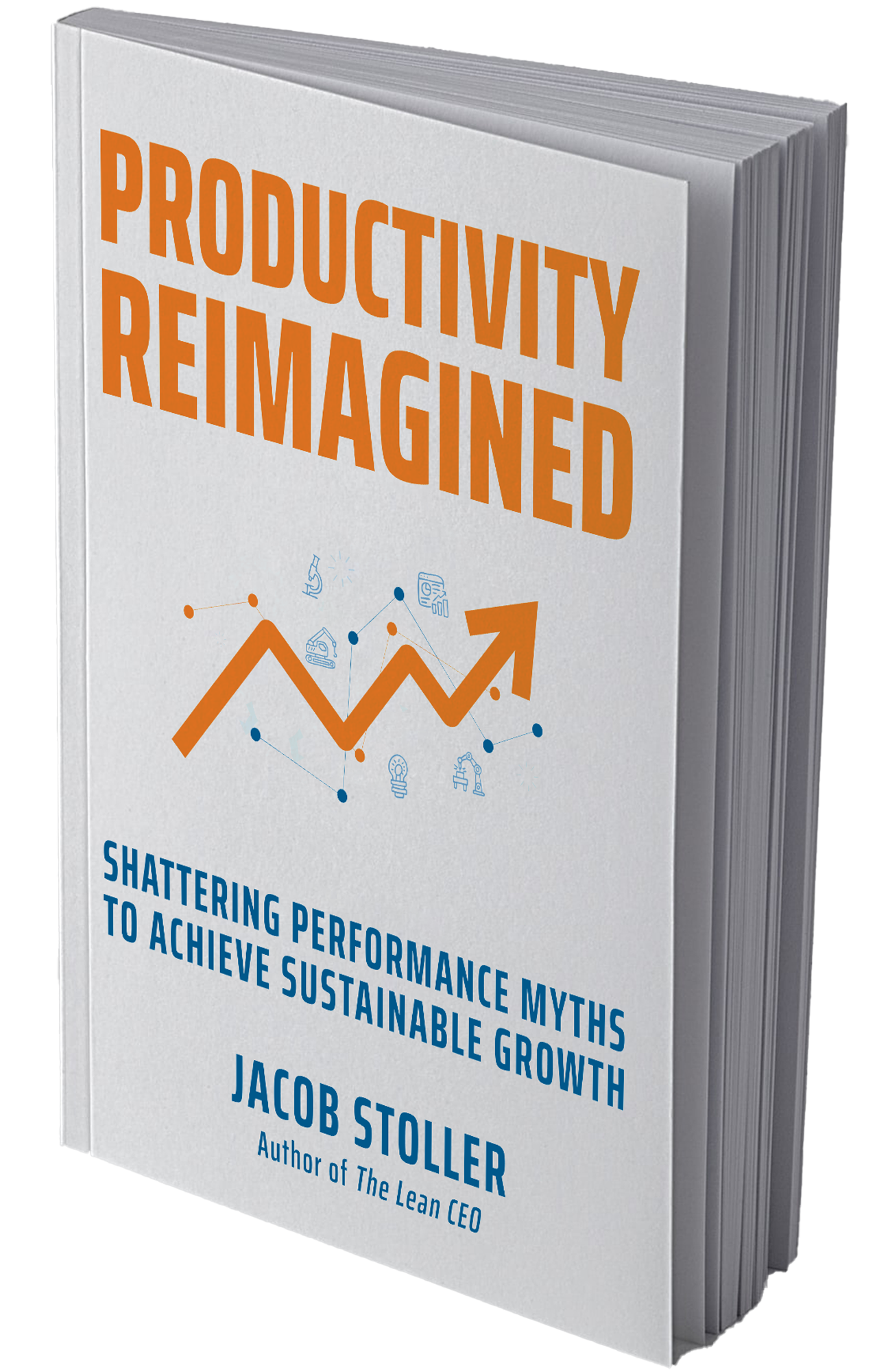I am thrilled and honored to have been selected to receive a Shingo Publication Award for The Lean CEO at the 2019 Shingo Conference in Cincinnati. The occasion has caused me to take some time to reflect on Lean, and my own involvement with it.
This reflection took me back to my days working for large traditionally-managed corporations. To make a long story short, I never felt at home in these hierarchical environments – they seemed artificial, devoid of purpose, and at times, downright inhuman. It wasn’t until I left that world to become an independent writer and consultant that I felt truly respected and valued.
Lean to me was a straightforward antidote to what I felt was wrong in the corporate world. As I learned more, I couldn’t help thinking about what my former workplaces could have been like. I also began to wonder how I could contribute.
The problem that interested me in particular was the idea that most Lean transformations fail because they don’t have senior management buy-in. The big question for me was how an unconventional approach like Lean could be reconciled with the demands of shareholders, financial officers, and other conventionally-minded stakeholders. It seemed that CEOs who had travelled the Lean path would be the best to answer that, and that’s how The Lean CEO was launched.
My perspective evolved as I began to learn from the CEOs. I had expected them to reveal a common roadmap for leading a Lean transformation. What I found instead was considerable diversity. Each leader, it turns out, had to find the right path, and there were plenty of bumps and scrapes along the way.
There was remarkable consistency, however, in a set of core beliefs that drove the transformations forward. In a nutshell, the CEOs’ convictions that the front lines are top priority, that you have to continuously improve to remain competitive, and that people are the key to all of this, were key to their acceptance of the Lean philosophy and their ability to rally their people behind it.
This commitment to a set of strong beliefs explains why it was possible for me to write this book. In what other business community would so many CEOs candidly share their failures along with their successes, or would top influencers I’d never met return my calls and emails, introduce me to CEOs, read my manuscript, or give me tips on working with publishers? I am deeply grateful to the members of this community who made this book possible.
I am honored that the Shingo examiners who know this path so well have judged The Lean CEO to be a significant contribution to this wonderful learning community. I hope that the book, in some small way, leads to more people going home at the end of the day feeling respected and valued.


Leave a Reply